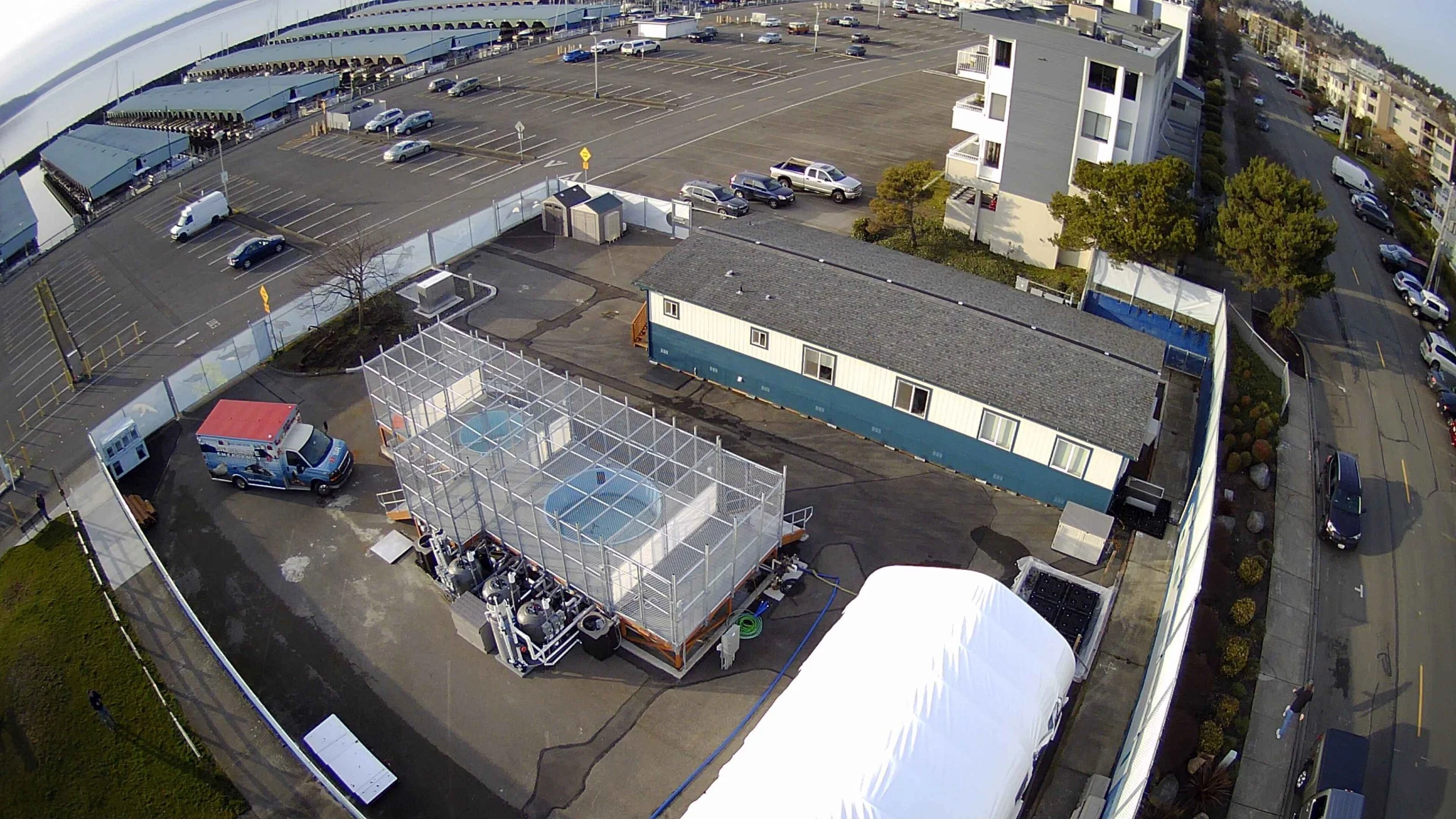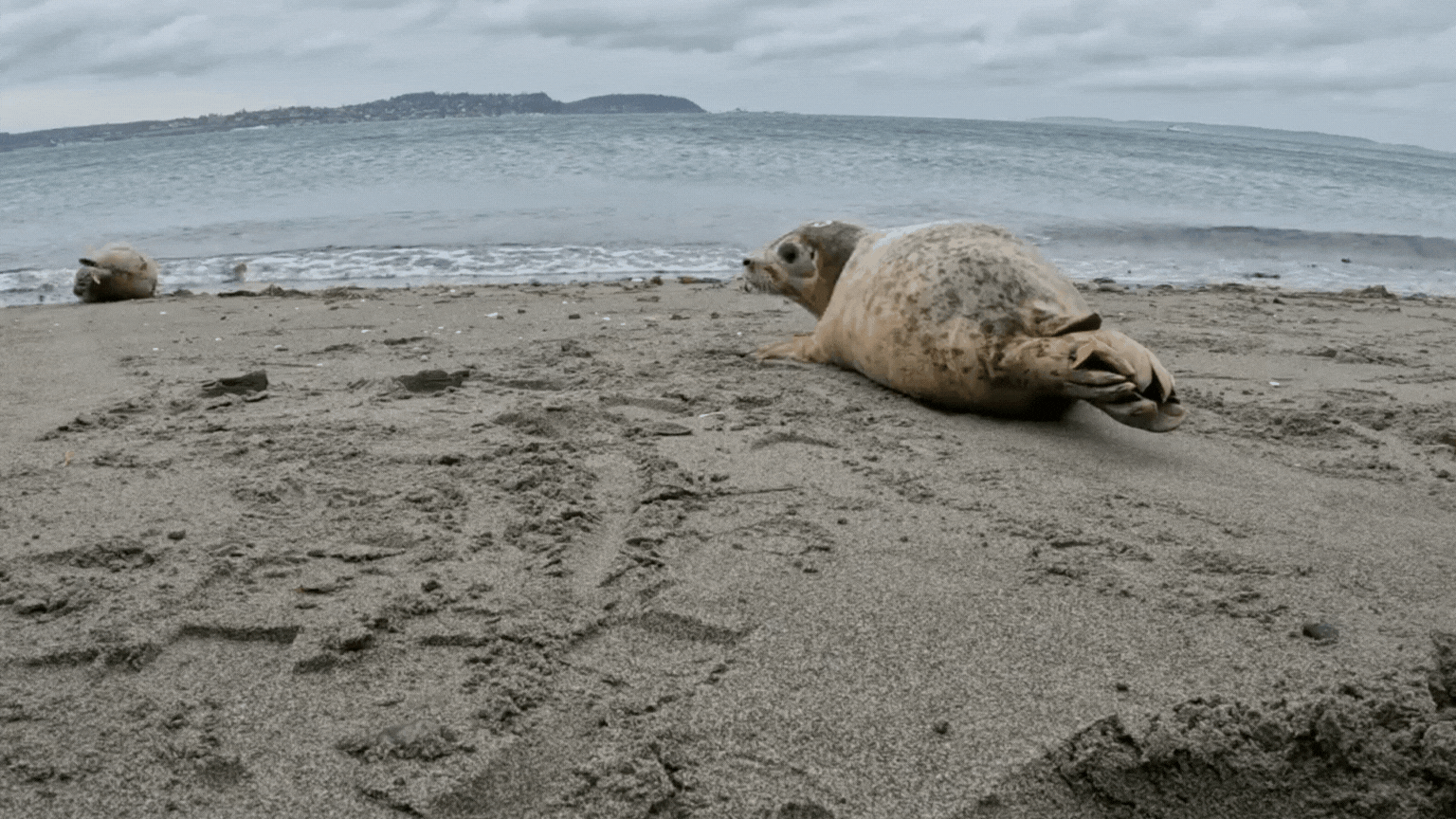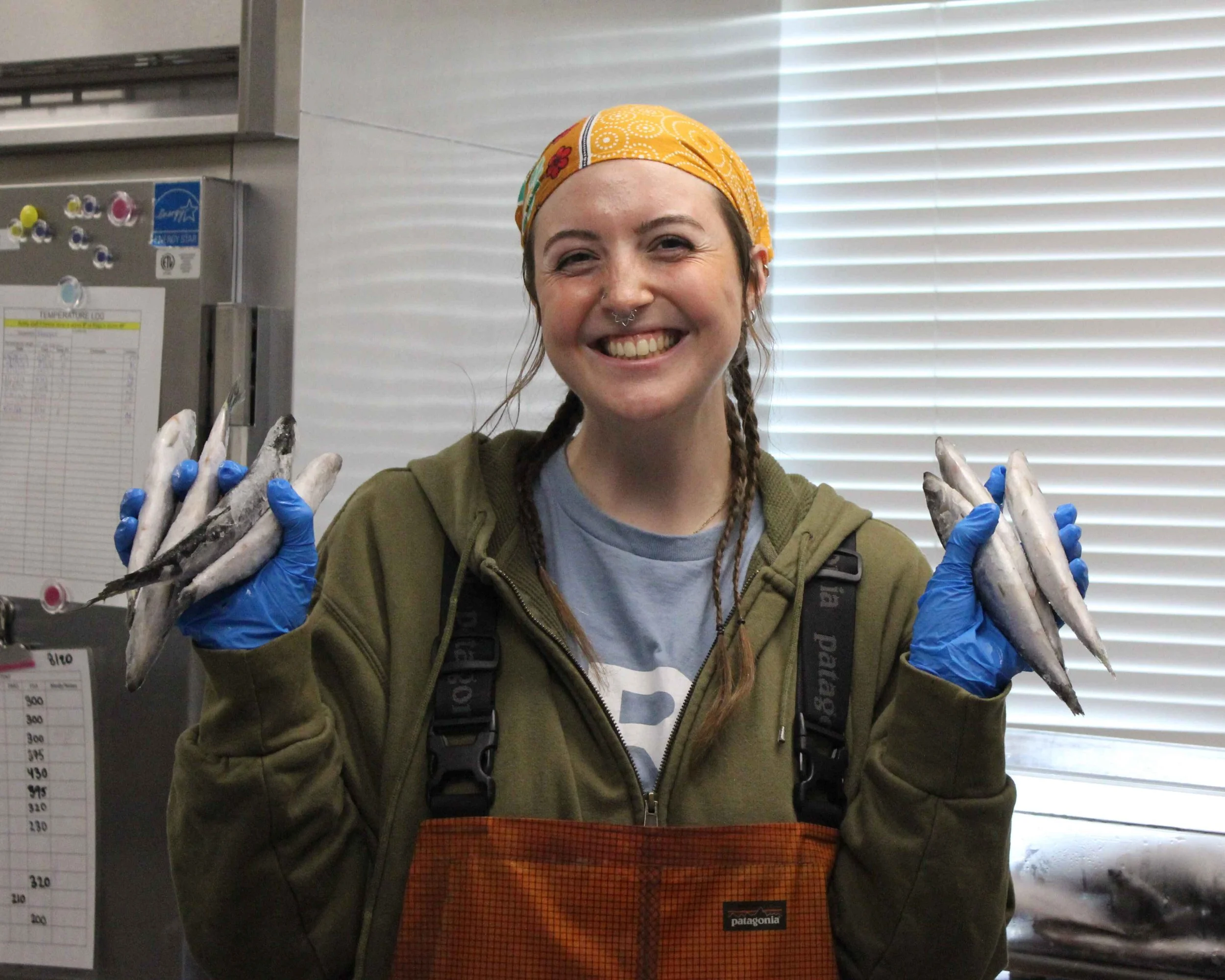
Rehabilitation
SR3 rehabilitates sick and injured marine animals to give them a second chance at life in the wild.
-
Wildlife rehabilitation helps us monitor environmental and human health while saving endangered species. It also provides direct benefit to the welfare of individual animals. Prior to the SeaLife Rescue Center opening in spring 2021, there were few, if any, options for sick and injured marine animals. Now, SR3 is able to provide care for, conduct health assessments on, evaluate and rehabilitate many different marine animals, including threatened and endangered species.
-
Located just south of Seattle in Des Moines, Washington, the SeaLife Rescue Center is a 14,000-square foot hospital designed specifically for marine wildlife. More than a dozen shallow pools provide rehabilitation space for smaller patients, while two deep rehabilitation pools can hold larger animals. The hospital’s clinical care suite features diagnostic tools like a mobile X-ray and portable ultrasound as well as surgical facilities that allow the veterinary team to provide advanced treatment for critical cases.
-
Rehabilitating marine animals helps us monitor the overall health of marine ecosystems and wildlife populations. For example, harbor seals are the most abundant marine mammal in the Salish Sea, and their population is an excellent indicator of ocean health and can serve as a sentinel for human community health. Disease or human-driven health problems in harbor seal populations may also signal upcoming risks for endangered resident killer whales or threatened Guadalupe fur seals.
-
SR3’s hospital is prepared to serve as the primary rehabilitation facility in the event of an environmental crisis or unusual mortality event. This is vital as changing climate and ocean conditions, and other threats, along the Pacific Northwest coast and the Salish Sea could impact at least 50 marine species of concern, including endangered resident killer whales.
-
Our hospital provides unique opportunities to deliver experiential education for students and the broader community. Education is a powerful tool in addressing the underlying cause of marine animal health issues. For instance, on popular beaches in the region, seal pups are often found in need due to people or their pets getting too close and causing their moms to abandon them. By teaching people how to safely share the shore with marine mammals, together we can prevent many animals from ever needing rescue.
Our SeaLife Rescue Center is the first hospital
exclusively for marine wildlife
in the Pacific Northwest.
Our Patients
SR3’s SeaLife Rescue Center rehabilitates sick and injured marine animals who need veterinary treatment and time to heal before returning to their ocean home.
Multiple Species
Our hospital can host many key species of marine wildlife from Puget Sound including pinnipeds like sea lions, elephant seals, fur seals and harbor seals; sea turtles; and even small cetaceans like dolphins and porpoises.
Treated Year-Round
Marine animal emergencies happen year-round, but our busiest time of year is pupping season. From May to September, our team is often called upon to rescue newborn seals who have been abandoned by their mothers due to people and their pets getting too close on the beach.
A Range of Ailments
Sadly, most of the animals we treat are suffering because of human impacts. For some, the cause of their injury is obvious. They have been entangled in fishing gear or hit by a vessel. Others are suffering from less visible threats, like chemical pollution or overfishing.

Follow a Patient’s Journey
Response
SR3 receives hundreds of calls each year about wildlife concerns that come into the stranding hotline and coordinates field responses for sick, injured or orphaned seals, sea lions and other marine animals who strand on our shores. Trained team members assess the animal’s condition and determine whether rehabilitation is the appropriate course of action.
Transport to Hospital
In 2017, SR3 created Washington’s first marine wildlife ambulance, partnering with several government and nonprofit agencies to be on call for emergency response. Originally purchased from a local fire department, the ambulance has been specially fitted to support triage response on the beach and stabilize patients before safely transporting them to the hospital.
Intake Exam
Every patient receives an intake exam upon arrival at our hospital. In addition to conducting a full physical exam, our veterinary experts use a variety of diagnostic tools, such as X-rays, ultrasound and bloodwork, to determine the cause of stranding and develop an individualized treatment plan that may include specialized nutrition, medication and even surgical procedures.
With the variety of species and ailments SR3 treats, every rehabilitation journey looks different. For example, seal pups need shallow pools while they are building their strength and extra help eating fish on their own, something they would typically learn in the wild. SR3 experts share their specialized veterinary and rehabilitation expertise with colleagues in the field through hands-on trainings, conference presentations, and professional consultations.
Rehabilitation
Release
The goal of rehabilitation is to be able to return these animals to the wild. Several criteria must be met before a patient is cleared for release, such as finishing their course of treatment, reaching a healthy weight, and proving they can successfully forage for food on their own. Before being released, every patient receives a flipper tag or other method of identification to help with tracking future sightings.
Be a Wavemaker
•
Donate Monthly
•
Be a Wavemaker • Donate Monthly •
Your steady waves of support will deliver medications, food, and veterinary care, and allow us to expand our life-saving programs with confidence to rescue more animals in need.
Our Impact
From orphaned harbor seals to injured elephant seals, SR3 cares for a variety of marine animals in need. For more impact stories, join our pod to receive updates via email and follow us on social media.
“Pupnapping” in the Puget Sound
First Adult Harbor Porpoise Cared for in the Pacific Northwest
Elephant Seal Pup Treated After Likely Coyote Attack
How You Can Help
Save a Life
None of this life-saving work is possible without the generosity of people like you. Your gift of any amount will go to work right away rescuing and protecting marine wildlife.
Stay Alert
If you see marine mammals, keep a safe distance. To learn more about marine mammal conservation, call us.
Stay Updated
Join our rescue community to get updates on our patients and current research delivered straight to your inbox or via social media.
Become a Volunteer
Whether you’re interested in animal care or education or just want to support where needed, there’s an opportunity for everyone to make a difference.























